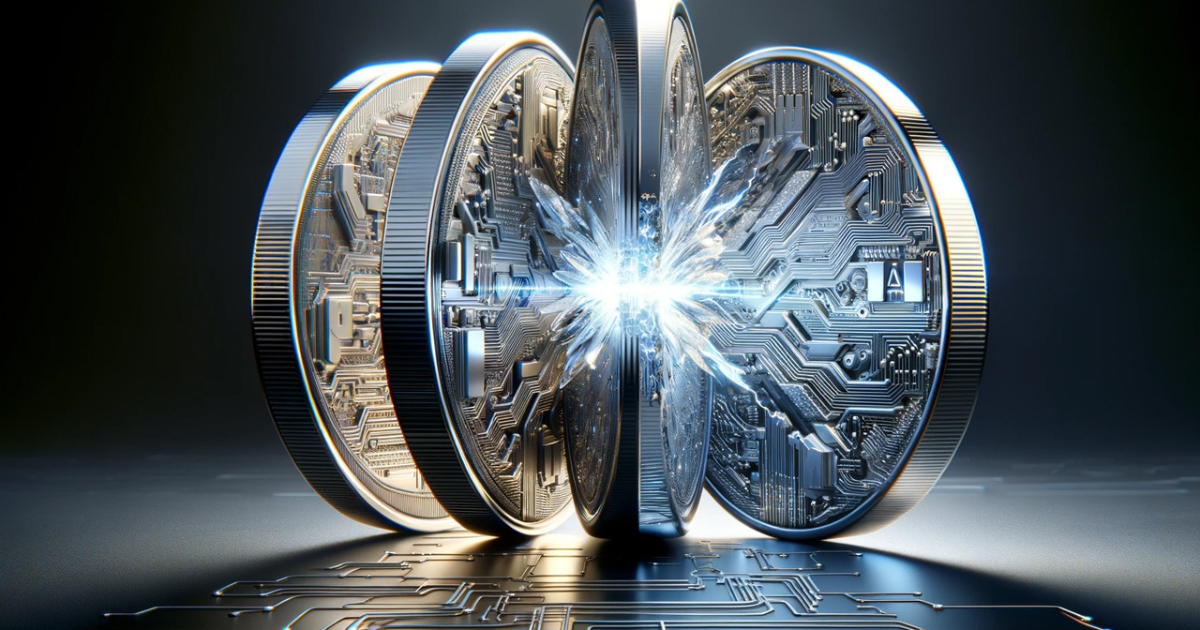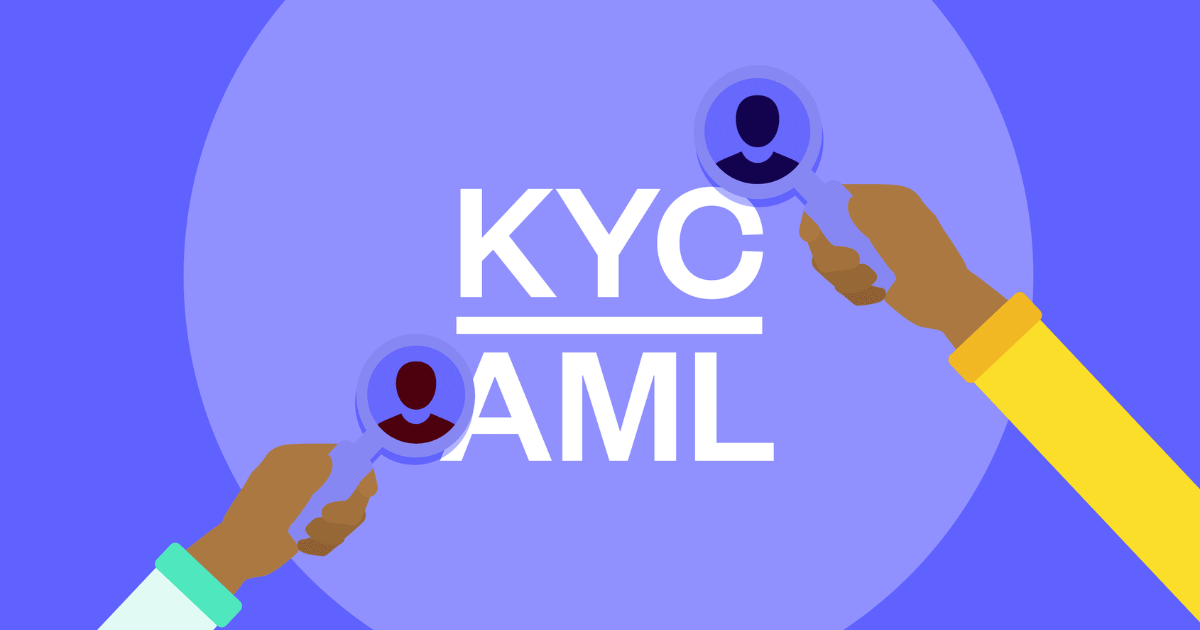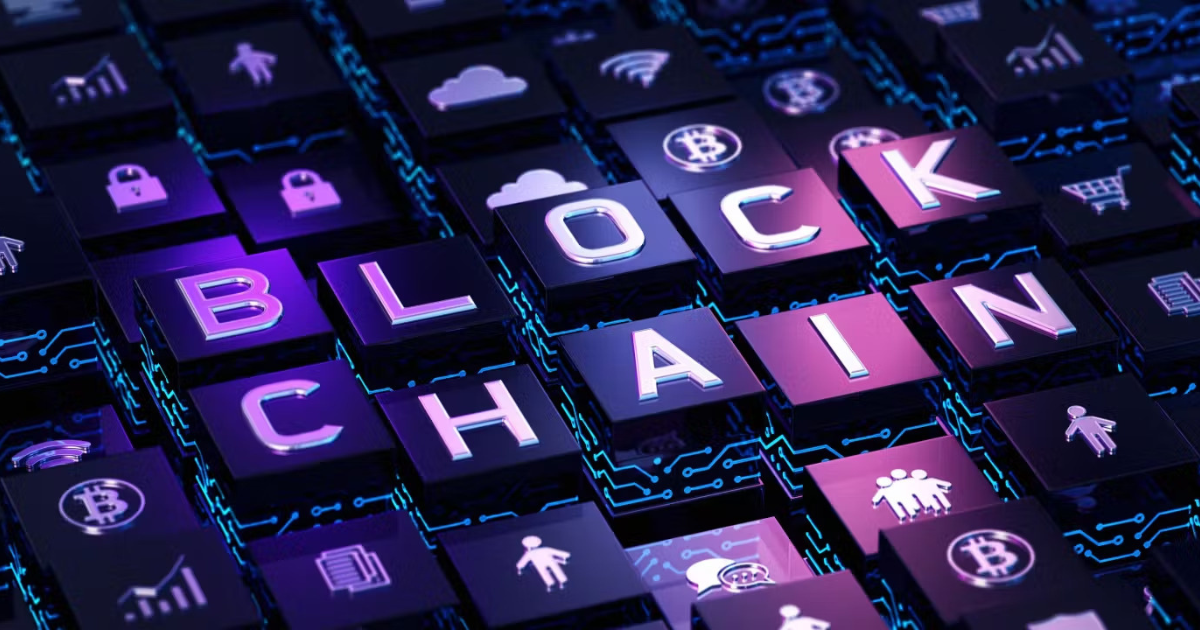Blockchain has reached maturity as it is the core infrastructure for decentralized computing, with most progress in consensus methods, scalability, and enterprise adoption. It’s getting integrated with technologies like AI and is driving real-world value, making it one of the digital economy pillars—security, transformativity, and efficiency.
Key-Takeaways:
- Tools like IBM Hyperledger enable secure, transparent systems built on blockchain in this real-world application.
- Blockchain adoption is growing, with ongoing improvements in scalability, integrating AI and IoT, and the new regulations such as MiCAR.
The Adoption of Enterprise and the Applications in the Real World

Integration into the enterprise environment has been expanding massively. Permitted and hybrid networks are now emerging as the new mode of streamlining for corporations.
Major solutions include IBM Hyperledger, ConsenSys Quorum, and Ethereum implementations for business users. The tools help organizations to deploy systems for supply chain tracking, identity verification, and securing data sharing.
The immutability of blockchain technology adds significant value. The most benefit comes from industries that need the records to be transparent and verifiable.
Key innovations in the space are financial services. The central pieces are Central Bank Digital Currencies (CBDCs) and tokenized assets.
CBDC adoption is growing, with 15 major global initiatives underway. There are different strategies that countries are using in trying to modernize financial systems.
At the same time, the real-world tokens of stocks, bonds, and real estate are already being tokenized. It is leading in transforming traditional finance.
New regulations support this growth. A regulatory framework enabling compliant security token offerings and stablecoin-backed instruments is already in place, being the EU’s MiCA.
One of blockchain’s key applications is improving supply chain transparency. By fulfilling the transparency and traceability service, it provides the guarantee for the businesses.
For country-of-origin sourcing of ethical diamonds, De Beers offers the Tracr platform to provide such data. To trace raw materials of EV batteries, Volvo teamed up with Circulor and introduced ‘battery passports’.
These blockchain applications highlight its uses in real-life supply chains. Immutable records make accountability and fraud less of a problem.
The more adoption there is, the more industries are following in the footsteps. Blockchain is necessary for sourcing and regulation.
With the Layer 2 solutions, blockchain’s scalability has immensely improved. This technology comes in the form of zero-knowledge rollups (ZK-rollups) and optimistic rollups.
These solutions support thousands of transactions per second. In other words, they also help reduce costs, thus making blockchain economically viable even for large-scale use.
Ethereum’s adoption of the zk-rollups displays this progress. It enhances the speed of transaction and, at the same time, keeps security safe. It is known that enterprise confidence grows as scalability grows. At this point, blockchain is ready to run in the gas pipeline.
For secure blockchains such as Bitcoin, PoW is still important. It still provides good protection against attacks.
Nevertheless, newer consensus mechanisms are more efficient. Of course, there is Proof of Stake (PoS), Delegated Proof of Stake (DPoS), and Liquid Staking which reduce energy use, improve scalability, etc.
The innovations solve past environmental problems. They also contribute to its sustainability for wider adoption. Developers have the equipment now that they are working better. They do provide a way of balancing security and speed when building decentralized apps.
Blockchain’s technology has made its way to a more interoperable space. What it means now is that transactions across networks are seamless and data sharing is very easy.
Capabilities that enable the cross-chain add the flex for the decentralized apps. As they also support a more connected and efficient ecosystem, they are assurances.
The progress is very important for enterprise adoption. This solves a big challenge, connecting one blockchain with another.
This wall comes off and integration becomes easier. Now, we can use all of the blockchain’s possibilities in business on any platform.
Meeting with AI and Arising Technologies

Dipping in the deep pool of blockchain technologies and artificial intelligence enabled that one moment when they merged to set the scene to unleash new possibilities. It is a support for decentralized training of machine learning models.
AI is now able to run on the blockchain-based networks without depending on centralized entities. As a result, this should increase transparency and collaboration.
The leaders of such projects are projects like Fetch.ai and Ocean Protocol. In this case, they illustrate how blockchain and AI work hand in hand to improve performance.
Together, these are reshaping two fields. It relaxes the way to more safe, efficient, and democratic AI systems.
AI-enhanced smart contracts can now perform on the data as the data on the blockchain is flowing in real time. Third, they perform complex decisions automatically without human intervention.
What was just theory is not anymore, it’s happening at the practice. Specifically, the AI crypto trading bots leverage on-chain data and deep learning to predict the finance markets.
Blockchain and AI have a good coexistence. Trust, transparency, intelligence, and adaptability are all provided by blockchain and AI. They work very well together, as they are reliable and highly efficient. This is automation and innovation at an entirely new standard.
Meanwhile, blockchain is also merging with IoT and AR to be used extensively. This is changing multiple industries.
In manufacturing, the key to powering IoT systems using blockchain is that they can provide real time tracking and quality control. They reduce fraud and promote global operations.
These use cases are not theoretical. Further, blockchain is shown to be the strongest base layer for other technologies. Blockchain is a form of IoT and AR that helps to improve trust and efficiency. It remains driving innovation in different sectors.
Evolving Regulatory Landscape and Governance Models

Compared to the time of the first block, the global uncertainty level has given way to clearer regulation. That saw governments defining the digital assets classifications and influencing the KYC and AML policies.
The SEC and CFTC both have oversight that they are refining in the U.S. However, they keep a distinction between utility tokens and securities to ensure that they are governed by the appropriate laws.
With the development of the technology into viable regions such as Dubai and Singapore, they are now becoming blockchain hubs. Blockchain companies prefer to set up in those areas as they have favorable policies.
The regulatory priorities have been to protect the consumers, for the economic stability, and to create global consistency. The aim here is to protect users from fraud and data breaches in related blockchain financial products.
Stablecoin and tokenized bond guidelines are clear, preventing disruptions of the market during economic fluctuations. By doing so, they promise that stability and trust exist in those blockchain ecosystems.
There is much to be gained by frameworks like MiCAR. This helps to establish a consistent rule system to have successful cross-border blockchain transactions.
As DAOs have evolved, so has the governance model in the blockchain. The DAOs are allowing communities to manage the funds and the protocols transparently.
Now, reputation-based and quadratic voting are used as new governance frameworks. They act as a guard against governance attacks and power concentration.
This contributes to blockchain’s ability to revolutionize more than one realm rather than only the technical infrastructure. They are also changing how organizations come to the decision. Blockchain is bringing the creation of more inclusive, more secure, more fair decision making processes, which is reimagining the traditional governance models.
Conclusion
According to projections, by 2025, blockchain will be an important element of digital infrastructure that will have a value of $176 billion. On the growth side, its growth is based on scalability improvements and better regulations. Its transformative potential will serve as an advantage for organizations adopting decentralization and security.











